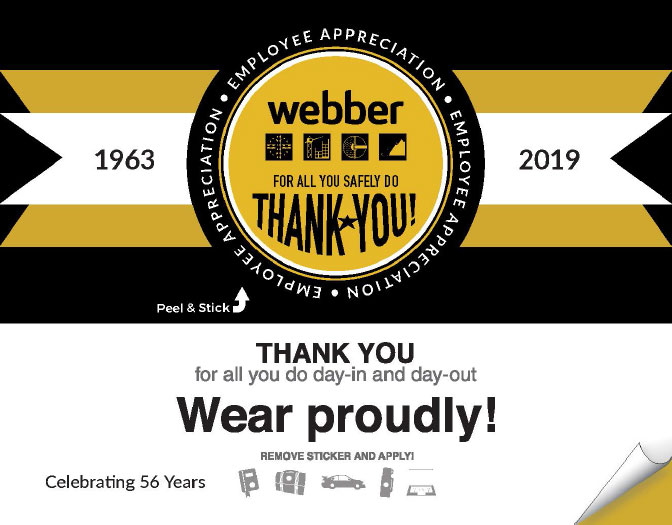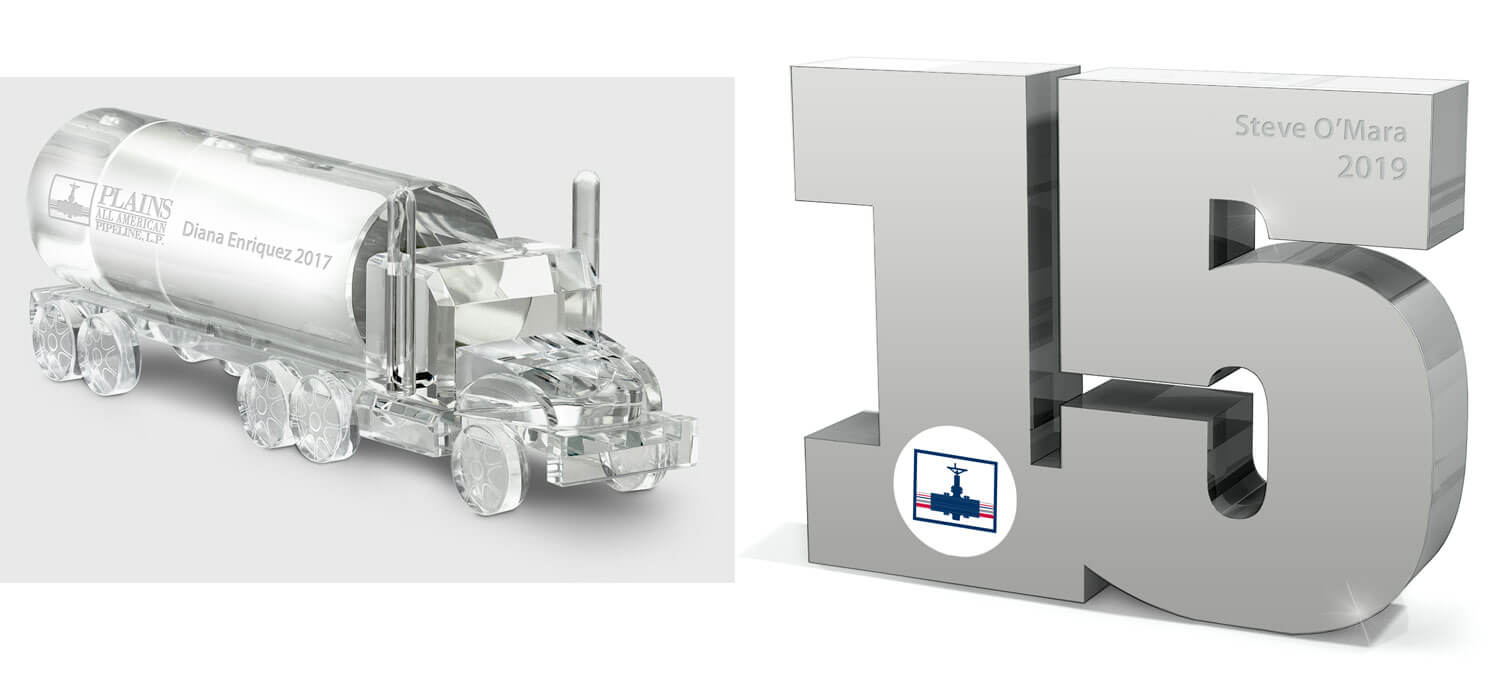Employee Engagement Starts with Onboarding
As I see it, Onboarding is one the most important roles an HR professional has. How new employees fit in and are supported says a lot about your company’s values, culture and business objectives.
Setting new hires up for success is also the single most impactful financial contribution an HR professional and business leader can do for their organization.
Consider this: Employee turnover costs companies a staggering $245 billion/year in new talent acquisition fees. This is a huge number largely due to employees leaving within the first 12 months.
It’s no longer enough to simply hire the right person. Strategic leaders know that successfully onboarding a new hire is just as important as acquiring the right talent (especially true with recent spike in quit rates).
So why is Onboarding underfunded at most companies?
Unfortunately, many organizations aren’t viewing Onboarding as a strategic initiative. They see it as an administrative function – making sure employees have a computer, get their pass card and know where the bathrooms are located.
According to Allied Workforce Mobility Survey of 500 human resources professionals from 49 states and the District of Columbia:
- 22% of companies didn’t have a formal onboarding program
- 33% spent $0 on onboarding
- the average spend/employee for onboarding was $67
- the average length of an Onboarding program was two months and inconsistently delivered across departments
Best in class employers spend on average $178,868 – nearly twice as much as the average budget amongst all companies represented in the Allied Workplace survey.
Top employers invest in people from the starting gate
Studies show that investing in your new hires from day one until they reach full productivity (8-12 months later) will significantly increase retention AND maximize your employees’ lifetime value to the organization.
This investment pays off in spades.
Organizations with structured onboarding programs retain a higher percentage of new employees through their one-year anniversary date and cultivate employee ambassadors who reflect the organizations’ values and culture.
Employees who are supported during their learning curve are grateful for the time and $ the company invests in them, increasing the likelihood they stick it out with you.
Not sure how to get started?
1. Conduct an audit of your Onboarding program. Look at:
- Consistency across departments
- Content and delivery
- Support provided – and for how long
- Budget
2. Use Industry Data to prepare a business case that will convince executives of the strategic impact Onboarding has on improving retention and extending the lifetime value of employees to your organization.
3. Read up on Best Practices. Onboarding is very similar to the 4 phases Psychologist Bruce Tuckman used to describe team development; forming, storming, norming and performing.
How fast a new employee moves through each stage will depend on their individual skills, their understanding of what is expected of them and the type of leadership they receive.
A well thought out Onboarding program moves employees through these four cycles with the ultimate goal of reaching the “performing” stage sooner and for longer.

In this post, we’ve provided some links and stats to help with #1 and #2. Next week we’ll dive into best practices that walk guide you through how to create an effective Onboarding program
CSI STARS Onboarding program cultivates a workforce that loves coming to work. Watch our 40 second video.




















